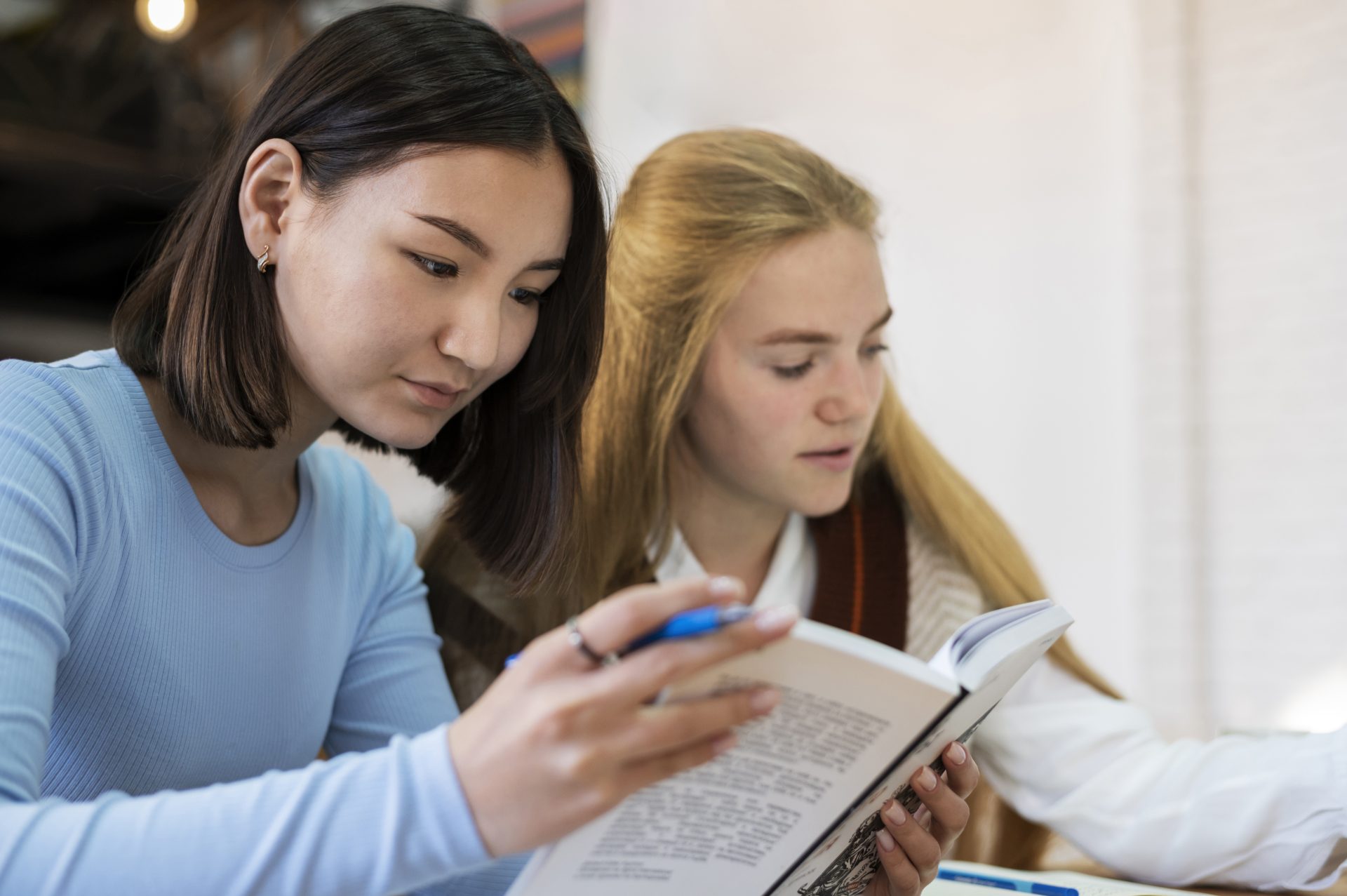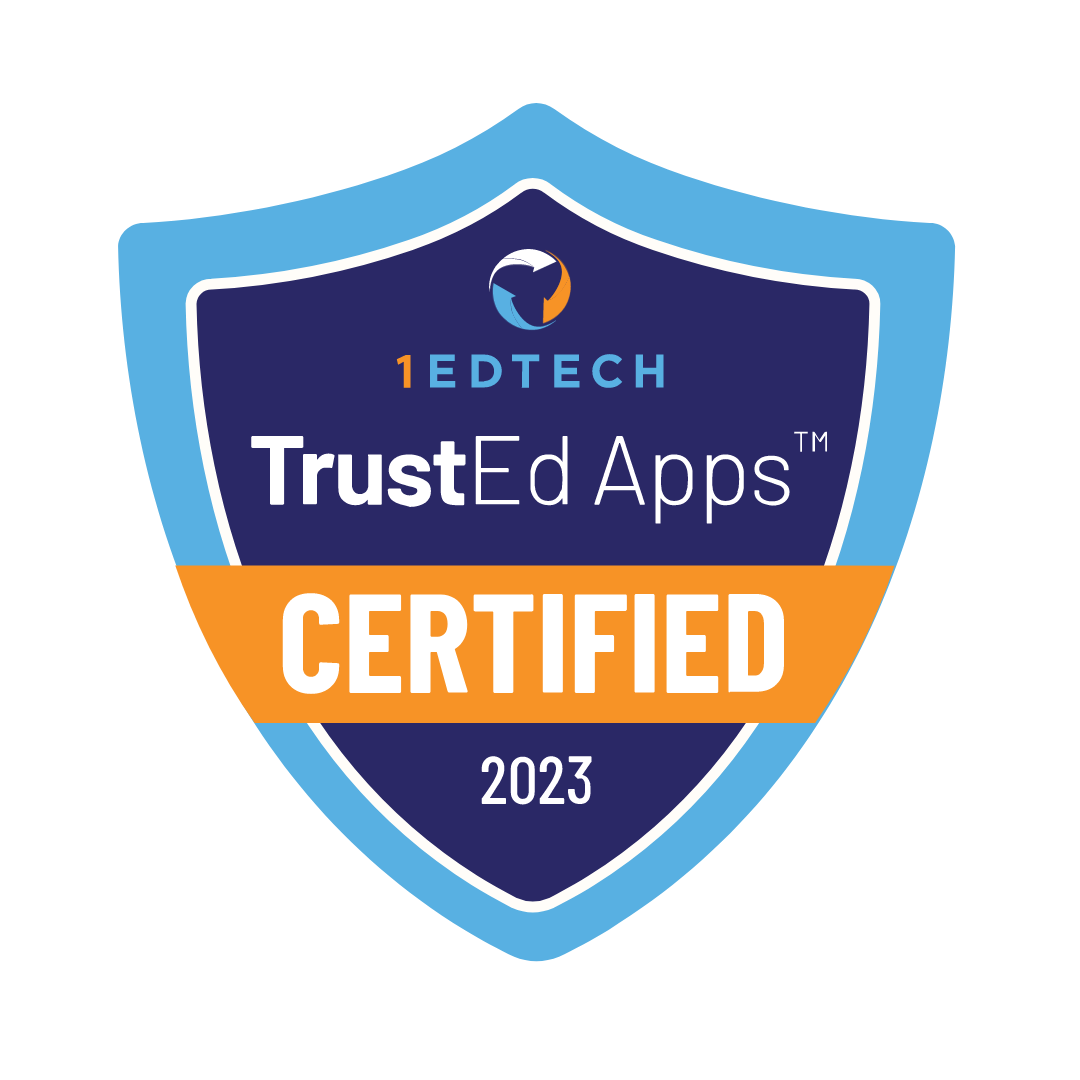Contents
- 1 What Are the Key Components of a 3rd Grade History Curriculum?
- 2 How Can Parents Effectively Homeschool Their 3rd Grade History?
- 3 What Are the Benefits of Integrating Geography into 3rd Grade History Lessons?
- 4 How Does Economics Fit Into the 3rd Grade Social Studies Curriculum?
- 5 What Are Some Effective Teaching Strategies for 3rd Grade History?
“A Day in Third Grade: A Large‐Scale Study of Classroom Quality and Teacher and Student Behavior” by the National Institute of Child Health and Human Development (NICHD), found most third-grade classes focused on basic skills like reading.
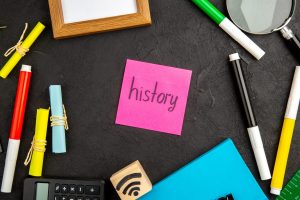
Third-grade history curriculum is a learning plan designed to teach students about history. This curriculum can focus on building basic skills or include more in-depth knowledge.
What Are the Key Components of a 3rd Grade History Curriculum?
Many wonder what the history curriculum for third grade includes. Let’s explore the key components typically found in this curriculum.

Understanding the Different Topics within the Curriculum
Third-grade history curriculum introduces children to different topics. These topics cover important themes progressively, helping kids understand the history of the world around them. Students analyze these events to grasp how the world has developed into what it is today.
Key Topics Covered in 3rd Grade History
Children primarily focus on the history of their own country. Kids learn about significant historical events, their importance, and their consequences. Students also memorize key historical figures and the roles they played.
How to Align Curriculum with Educational Standards?
A good curriculum aligns with top educational standards. Meeting these standards is achieved by studying and applying them. Families and teachers can find these standards on the state’s Department of Education website. We’ve explained how to work with the standards in this article.

How Can Parents Effectively Homeschool Their 3rd Grade History?
“The key is the instructional support component for students in the following year”
Umut Özek, Education Week
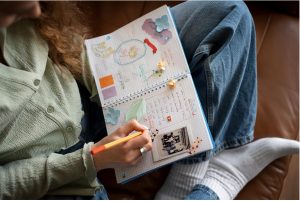
Let’s explore how parents can teach this subject to their children at home successfully.
Choosing the Right Homeschool Curriculum for Grade 3
Choosing the right curriculum for homeschooling can be challenging. We shared tips to help you make the best choice in this article. Legacy Online School is recognized for the standout homeschooling curriculum. Contact our team to learn more about it.
Incorporating Hands-On Activities and Lessons
Interactive lessons break up boring classes found in traditional schools. Each interactive lesson keeps students interested and helps them remember information better. Students are involved through hands-on activities, quizzes, and multimedia resources, which makes learning more enjoyable and easier to understand.
Resources for Printable Worksheets and Lesson Plans
Families can improve the learning process by using professional lesson plans and printable worksheets. Many resources offer these materials, including schools and educational websites. Families explore these options to find ones suiting their budget.
What Are the Benefits of Integrating Geography into 3rd Grade History Lessons?
Geography can enhance history lessons. Let’s explore how geography can help.
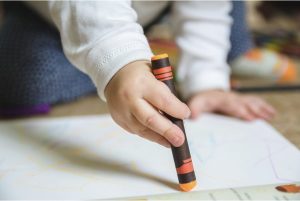
Understanding Geography and History Connection
These subjects are connected closely, complementing each other. Geography often explains why certain historical events occurred in specific locations. Geography provides context for understanding the “where” behind the “why” of history.
Using Maps to Enhance Learning in History
Using maps helps children visualize history more effectively. Maps allow them to travel through historical events virtually, making it easier to understand and trace the details of those events.
Activities That Teach Geography Concepts
Make lessons diverse so children can learn more effectively and develop a love for studying. Examples of such activities include drawing and coloring maps, creating 3D models, and much more. Incorporating different games can also help children absorb information and build critical thinking skills.
How Does Economics Fit Into the 3rd Grade Social Studies Curriculum?
Let’s explore how economics is included in such a curriculum and the benefits it provides.

Basic Economic Principles for Grade 3 Students
Third graders learn basic economic principles they can use in their everyday lives. Kids explore how to manage money, understand saving methods, and learn ways to keep it secure. This gives children enough financial knowledge to start making independent decisions.
Exploring Supply and Demand Through Engaging Lessons
Children explore these concepts by analyzing markets and real-life examples. Teachers engage students in discussions, encouraging them to think about why certain items become more popular or cheaper during holidays and why the situation changes at other times. Kids build knowledge and enhance their analytical and critical thinking skills through these discussions.
Activities That Illustrate Economic Concepts
Different activities demonstrate economic concepts to students. These activities can include business games where kids run their own store and make decisions to keep it successful, among other interesting tasks. Children improve their communication skills and logical thinking through these activities.
What Are Some Effective Teaching Strategies for 3rd Grade History?
Here are some teaching strategies students can use to improve their learning experience.
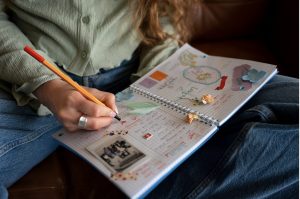
Incorporating Technology and Digital Resources
Using modern technologies and digital resources helps children solve different tasks. Examples of such technologies include educational apps and tools. Tools like digital books provide access to information not always available in physical formats.
Utilizing Textbooks and Other Educational Materials
Textbooks provide students with a structured way to learn. Combining textbooks with other educational materials makes studying easier and more interesting. Videos offer visual information and introduce new concepts. Games related to the topic help students retain what they’ve learned. Each student can choose the resources working best for their learning style.
Creating an Interactive Classroom Environment
An interactive classroom involves lessons where students participate in the learning process actively. These lessons can include group activities, games, and more. Kids enjoy these classes because they bring knowledge and a lot of fun.




